

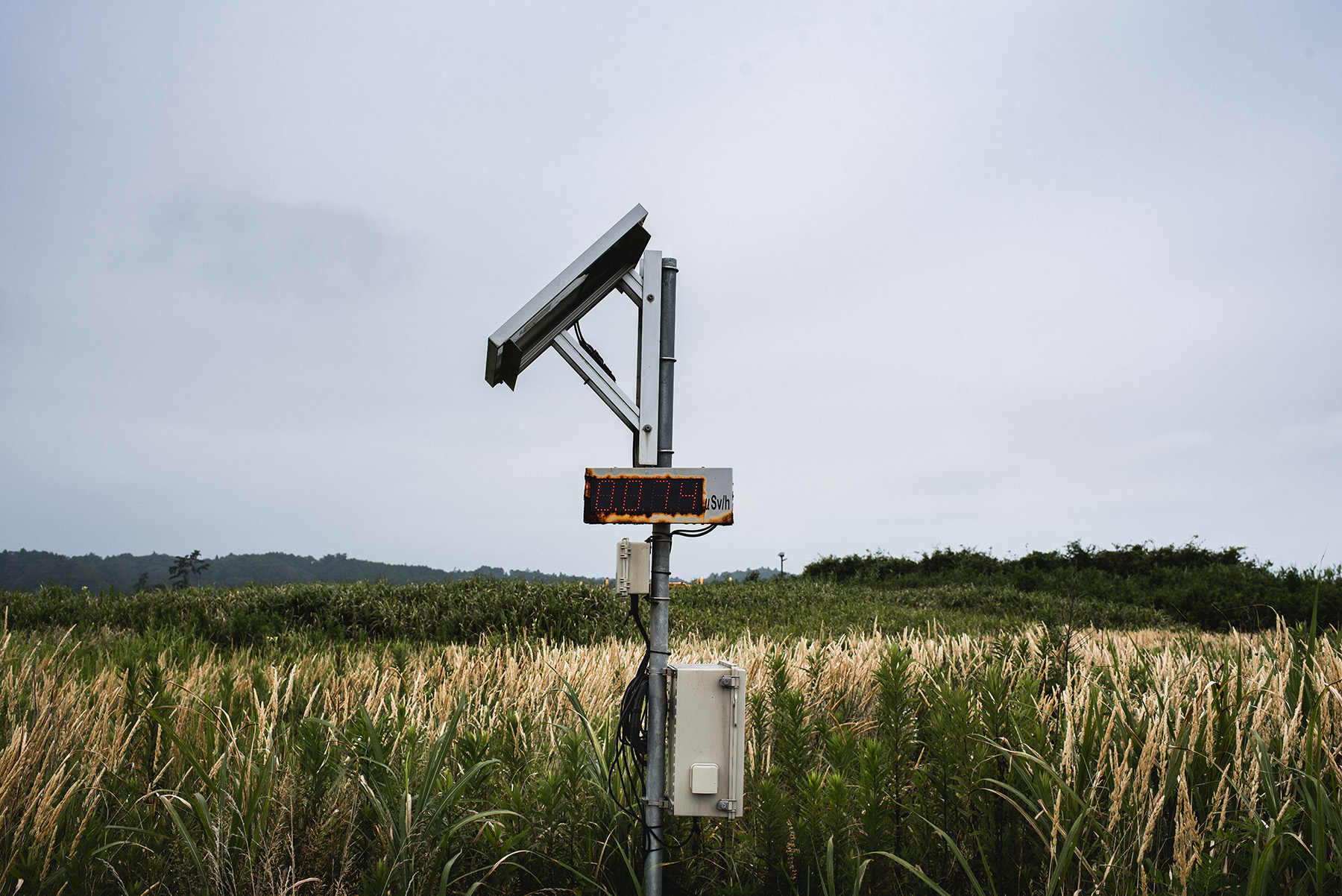
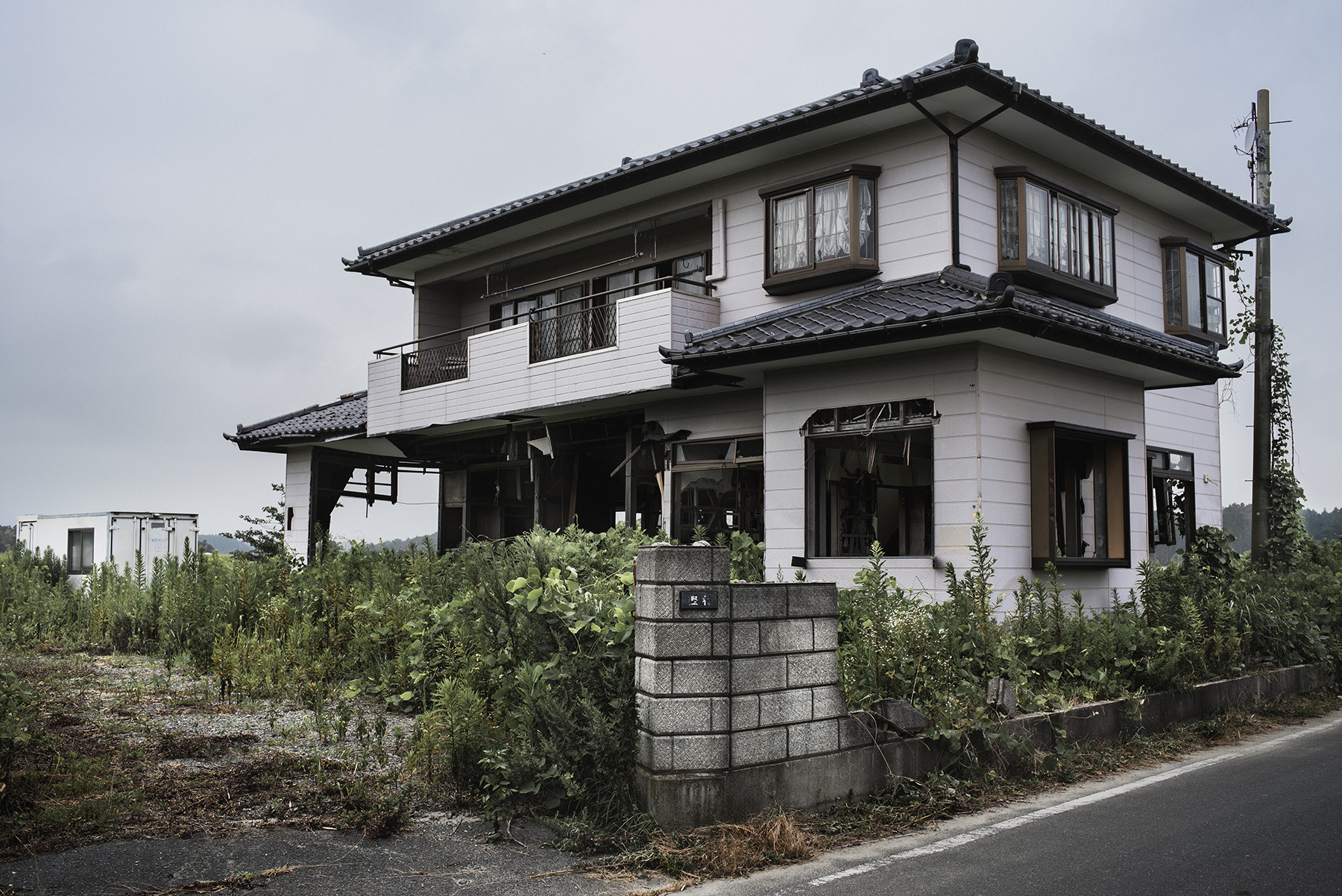
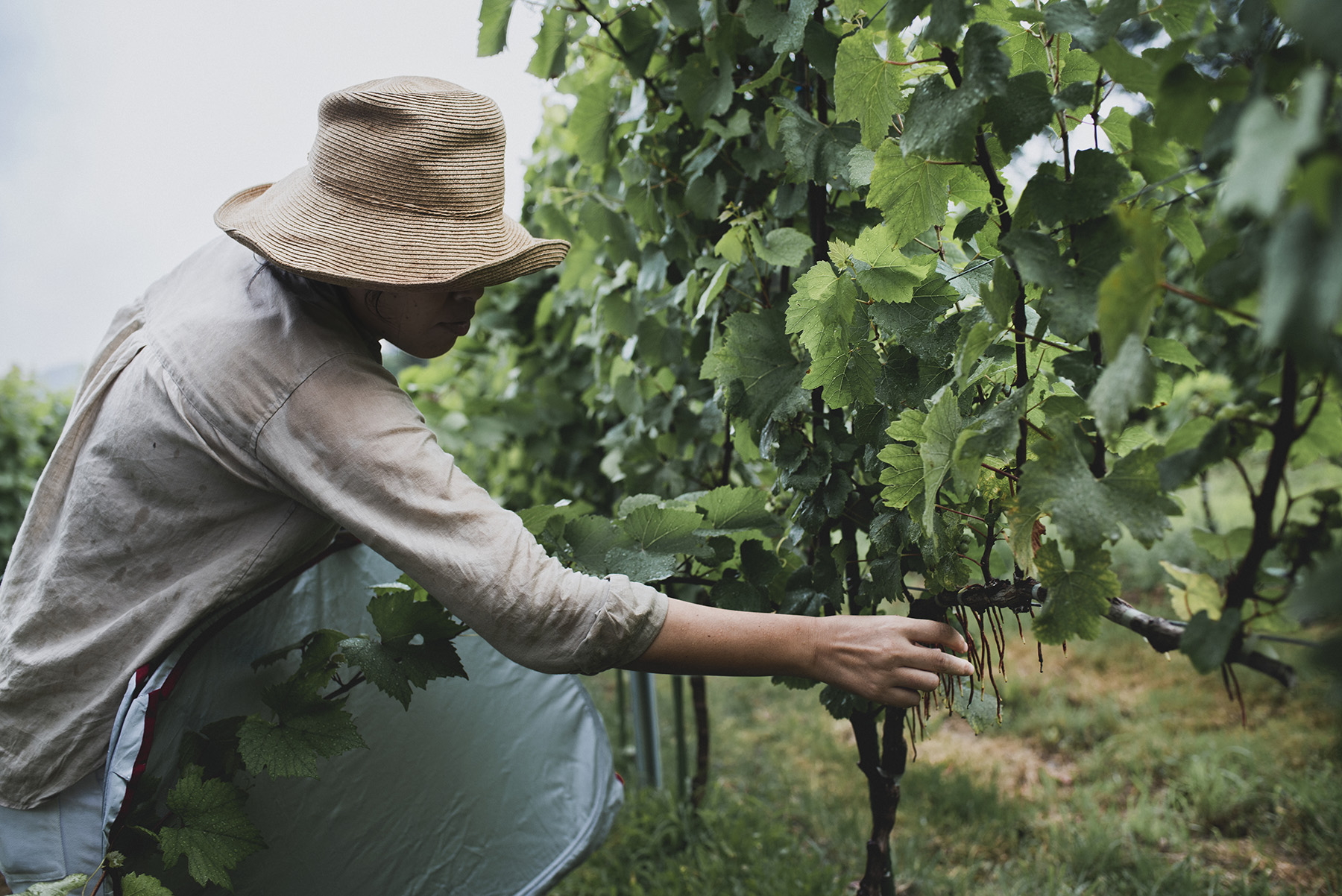
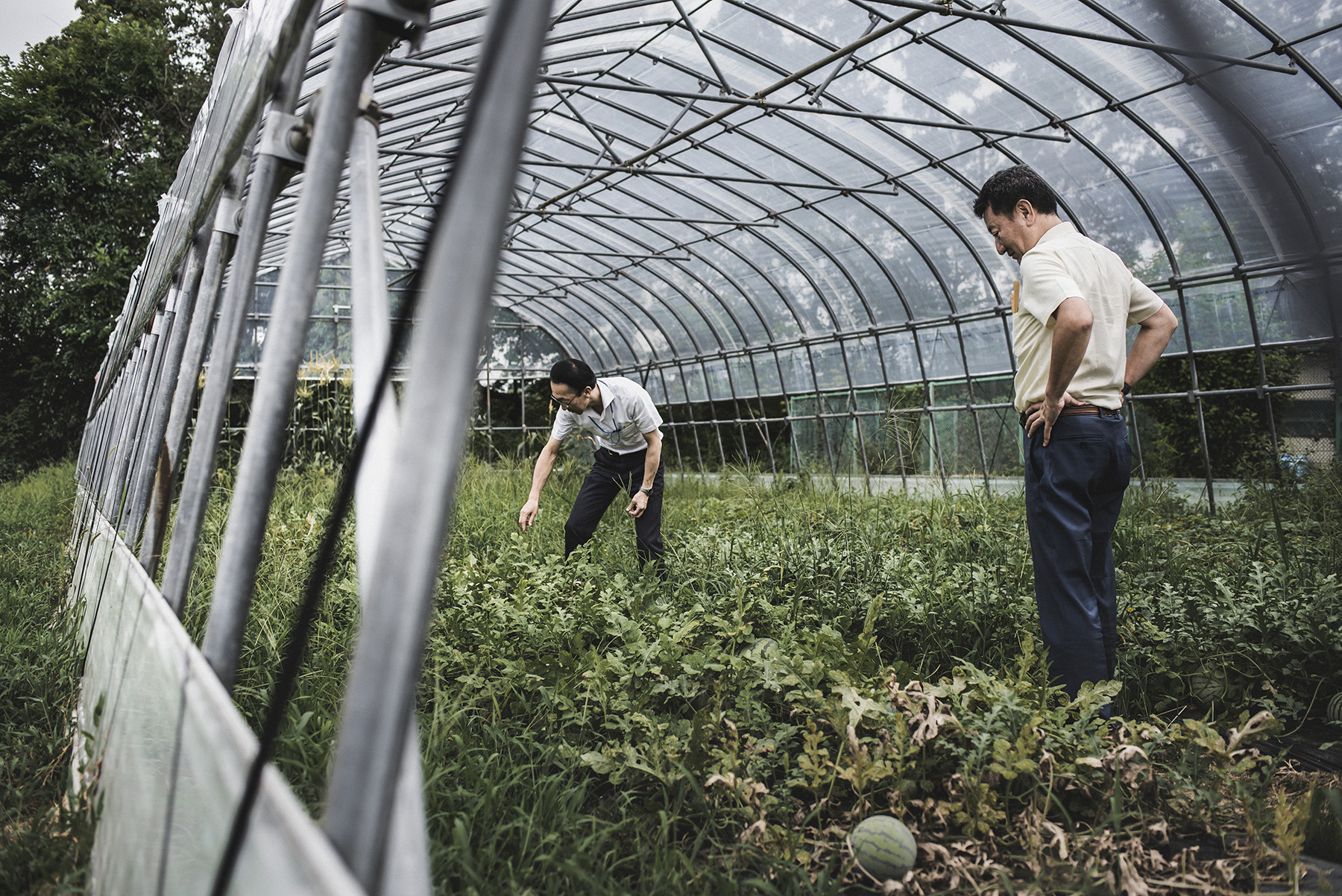




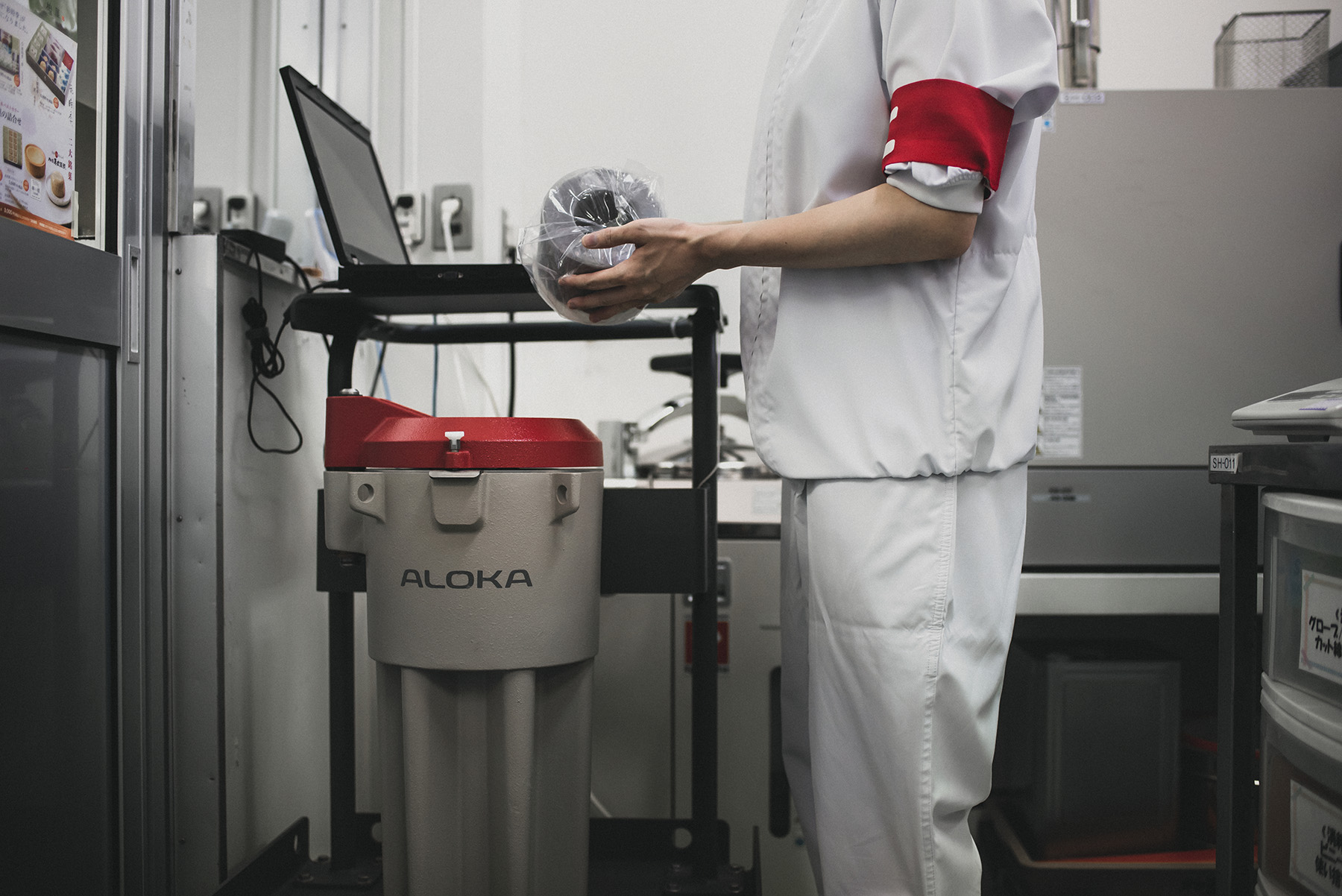
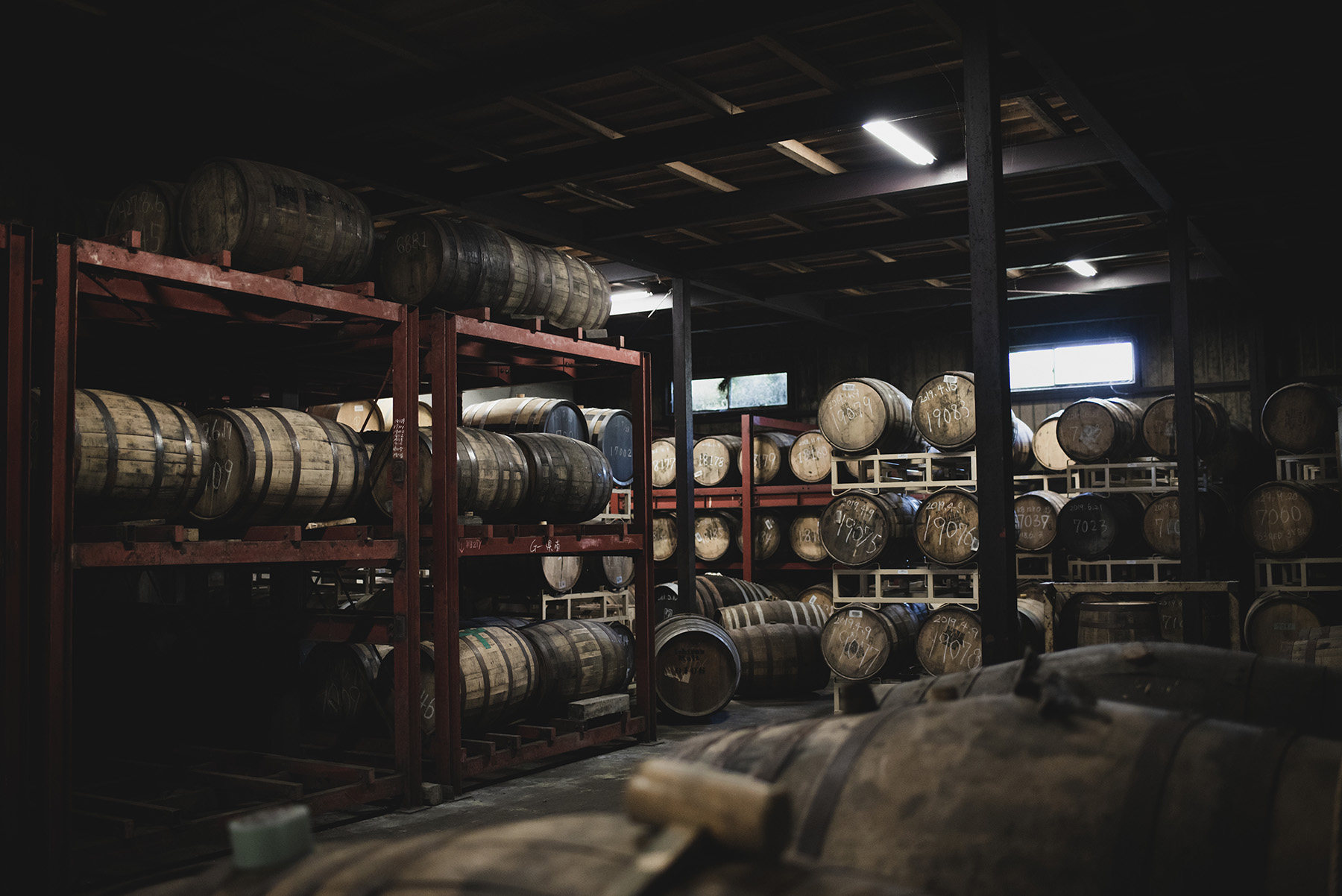




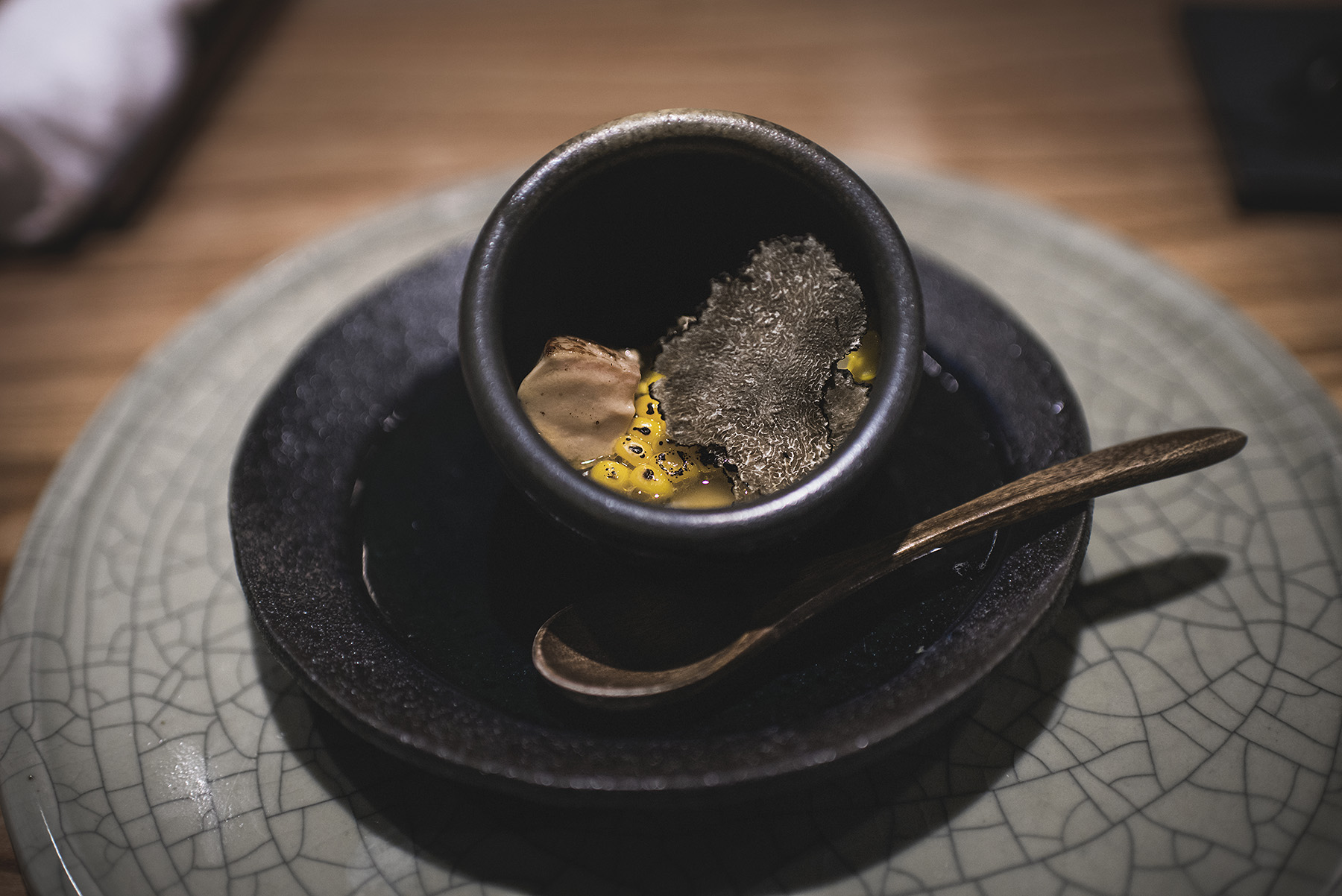
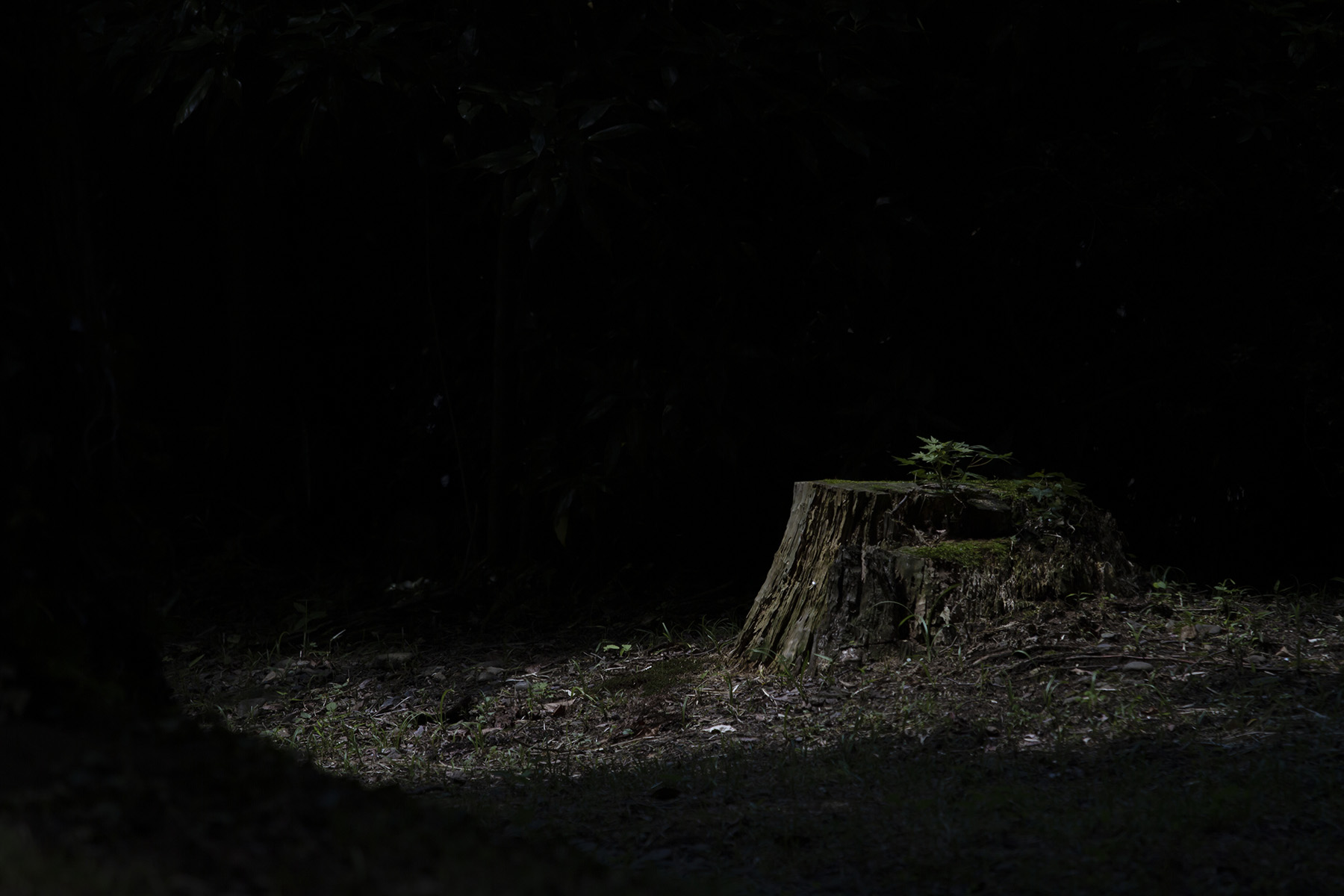
On March 11, 2011, at 14:46, a magnitude 9 earthquake struck the northeast coast of Japan, especially Iwate, Miyagi and Fukushima prefectures. A tsunami subsequently swept along miles of Japan’s east coast, claiming thousands of lives and severely affecting the Fukushima Daiichi nuclear power plant. This forced the authorities to evacuate many towns in the central (Nakadori) and eastern (Hamadori) areas of Fukushima Prefecture, but did not prevent the inhabitants from living with the silent enemy of radiation. More than 160,000 people had to leave their homes during the first year, reaching figures of more than 450,000 displaced people across the entire prefecture.
The project begins in 2016 with the future (未来 – mirai) as its central focus and continues in 2019 with the concepts of resilience (回復力 – kaifuku ryoku = “recovery force”) and ikigai (生き甲斐 = “reason for life”), touring various regions of Fukushima on both occasions. . It delves into resilient stories that connect people, in a land whose main economy depends on agriculture, and keeping in mind the importance of words and terminology used in the Japanese language. Subsequently, kiseki, whose two readings can be “miracle” (奇跡) and “trajectory” (軌跡), is added to the aforementioned concepts to show a narrative of the territory and the people who inhabit it, in continued visits over the following years.
On March 11, 2011, at 14:46, a magnitude 9 earthquake struck the northeast coast of Japan, especially Iwate, Miyagi and Fukushima prefectures. A tsunami subsequently swept along miles of Japan’s east coast, claiming thousands of lives and severely affecting the Fukushima Daiichi nuclear power plant. This forced the authorities to evacuate many towns in the central (Nakadori) and eastern (Hamadori) areas of Fukushima Prefecture, but did not prevent the inhabitants from living with the silent enemy of radiation. More than 160,000 people had to leave their homes during the first year, reaching figures of more than 450,000 displaced people across the entire prefecture.
The project begins in 2016 with the future (未来 – mirai) as its central focus and continues in 2019 with the concepts of resilience (回復力 – kaifuku ryoku = “recovery force”) and ikigai (生き甲斐 = “reason for life”), touring various regions of Fukushima on both occasions. It delves into resilient stories that connect people, in a land whose primary economy depends on agriculture, and keeping in mind the importance of words and terminology used in the Japanese language. Subsequently, kiseki, whose two readings can be “miracle” (奇跡) and “trajectory” (軌跡), is added to the aforementioned concepts to show a narrative of the territory and the people who inhabit it, in continued visits over the following years.


